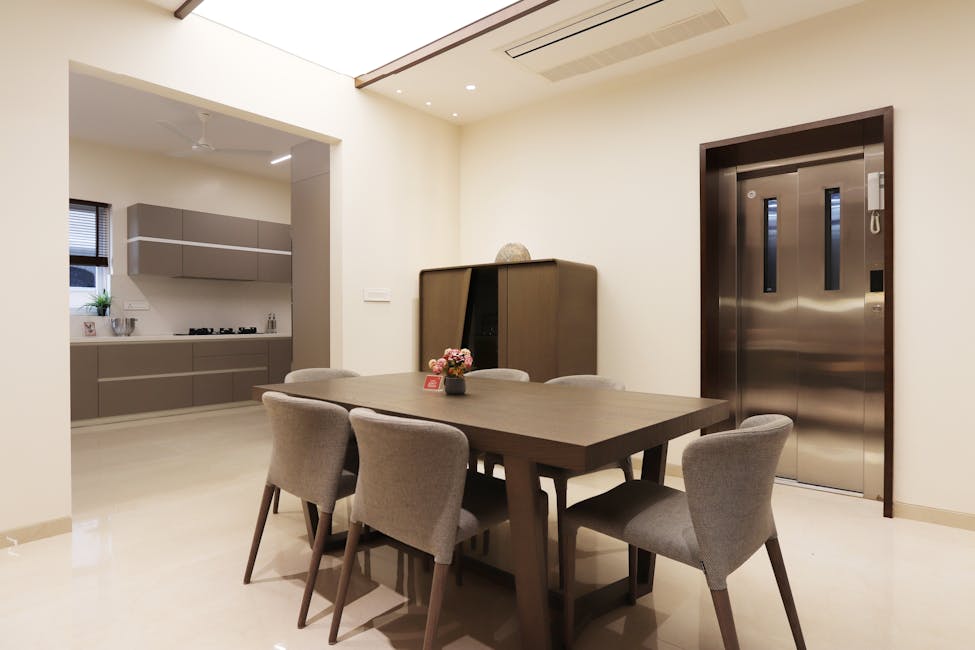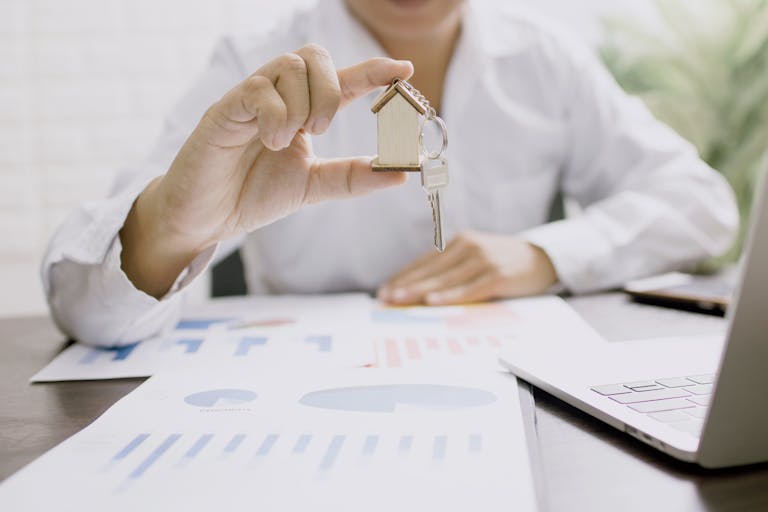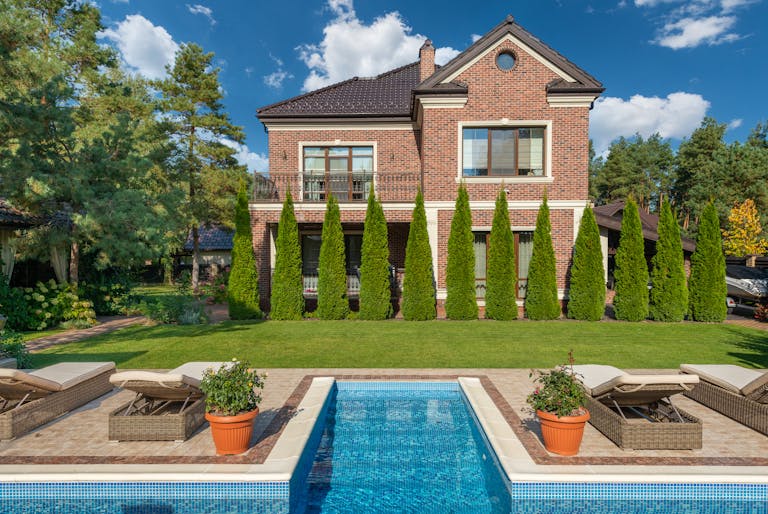Here’s something you might not have thought about: your property could already be designed for an elevator, even if you don’t have one.
It’s happening more and more. Builders and architects are quietly working elevator shafts into floor plans, stacking closets in suspiciously convenient ways, and leaving structural wiggle room for future installations. Not because elevators are suddenly trendy, but because the math is simple—America is aging, and stairs don’t get easier.
Get a Free Virtual Rental Evaluation Plus a Custom Cost Quote
The Reality Check
Only 10% of homes are actually ready for senior living right now. Meanwhile, 75% of older adults want to stay in their homes as they age. That’s a pretty significant gap.
This isn’t just about seniors, though. It’s about parents recovering from surgery, relatives with mobility issues, or just the simple fact that hauling groceries up three flights of stairs gets old fast.
Why Timing Actually Matters
Adding an elevator after a property is built? That’s the expensive route. You’re looking at opening walls, cutting through floors, rerouting electrical and HVAC, and generally making a mess of a finished space.
The difference is real: about $10,000 in prep work if you plan ahead versus $30,000-$60,000 if you don’t.
Tim Fischer from Southeast Elevator puts it simply: “We always tell builders, even if you’re not gonna put the elevator in, prep the house. Stack closets. Put a closet over a closet. When the time comes, there’s your shaft.”
It’s the construction equivalent of buying a size up when your kid is growing. Just makes sense.
What It Actually Costs
Let’s talk numbers because that’s usually where the conversation starts.
New construction: A standard two- or three-stop home elevator runs $20,000-$35,000, depending on what you want.
Retrofit: If the home wasn’t designed for it? You’re looking at $45,000-$80,000 total once you factor in all the structural changes.
Space needed: About 20-25 square feet per floor. Not as much as most people think.
The type matters too. Hydraulic systems are smooth and quiet but need a small machine room. Pneumatic or shaftless models fit tighter spaces but cost more per square foot.

What Buyers Actually Think
Here’s where it gets interesting for property owners: elevators aren’t just about accessibility anymore. They’re about flexibility.
Luxury real estate agent Nick Malinosky notes that buyers appreciate the thoughtfulness—whether it’s about family members, convenience, or just thinking long-term about a forever property.
Architect Diana Melichar sees it differently but just as practically: “A prospective buyer can imagine a sense of opportunity in that home—the ability to be flexible with who is living there.”
An aging parent moves in. Someone has knee surgery. A family member uses a wheelchair. The elevator isn’t a medical device; it’s an option. And options sell.
Property Management Frequently Asked Questions (FAQ)
The Bottom Line
You don’t need to install an elevator tomorrow. But if you’re renovating, building, or even just thinking five years ahead? Having the conversation now is worth it.
Because an ounce of preparation on the front end—even if it’s just stacking two closets and reinforcing a couple of walls—can save you tens of thousands later.
And in a market where “forever home” isn’t just a real estate buzzword anymore, that kind of foresight isn’t just smart. It’s expected.
To read more about this topic, visit The Rise of the Everyday Elevator: Future-Proofing Home Design.











